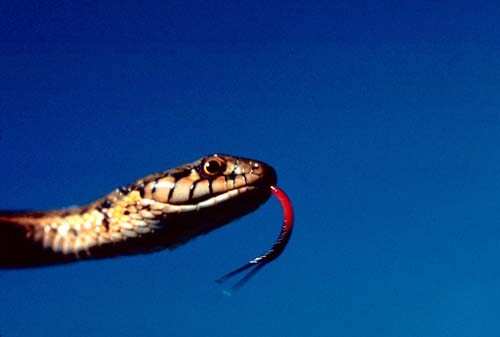As reported in the New York Times yesterday, DNA from the mountain lion struck by an SUV in Connecticut last month matched the general profile of mountain lions from South Dakota and more specifically, DNA collected from fur, blood and scat collected in Minnesota and Wisconsin. A necropsy did not find the usual signs of a captive animal, such as an implanted microchip or clipped claws.
Read the whole story in the New York Times, here.
The Connecticut Department of Energy and Environmental Protection press release also notes that the animal spotted in Greenwich appears to be the same animal that was killed in Milford. Read the release here.
And yes, you read that correctly: Connecticut combined its departments of energy regulation and environmental protection on July 1. Read that press release here.
Photo: Ironically, this is the same photo that illustrated the news that the US Fish and Wildlife Service had declared the Eastern mountain lion extinct. Clearly, it is not the Connecticut mountain lion.





